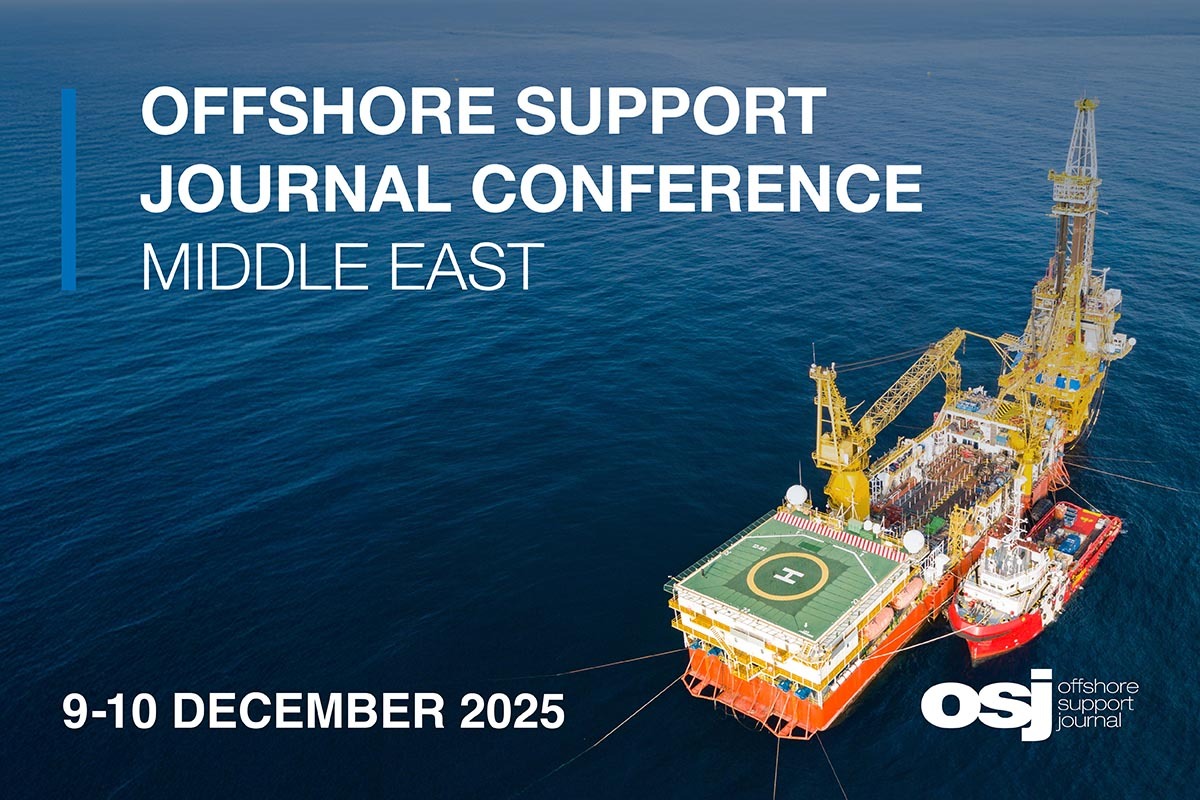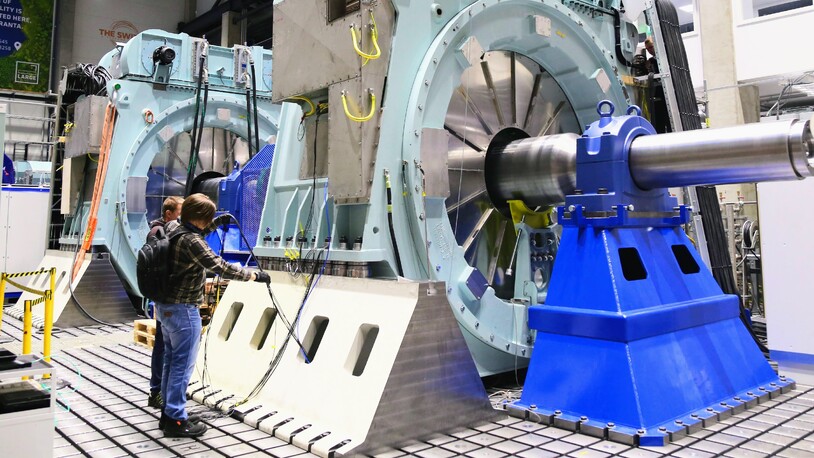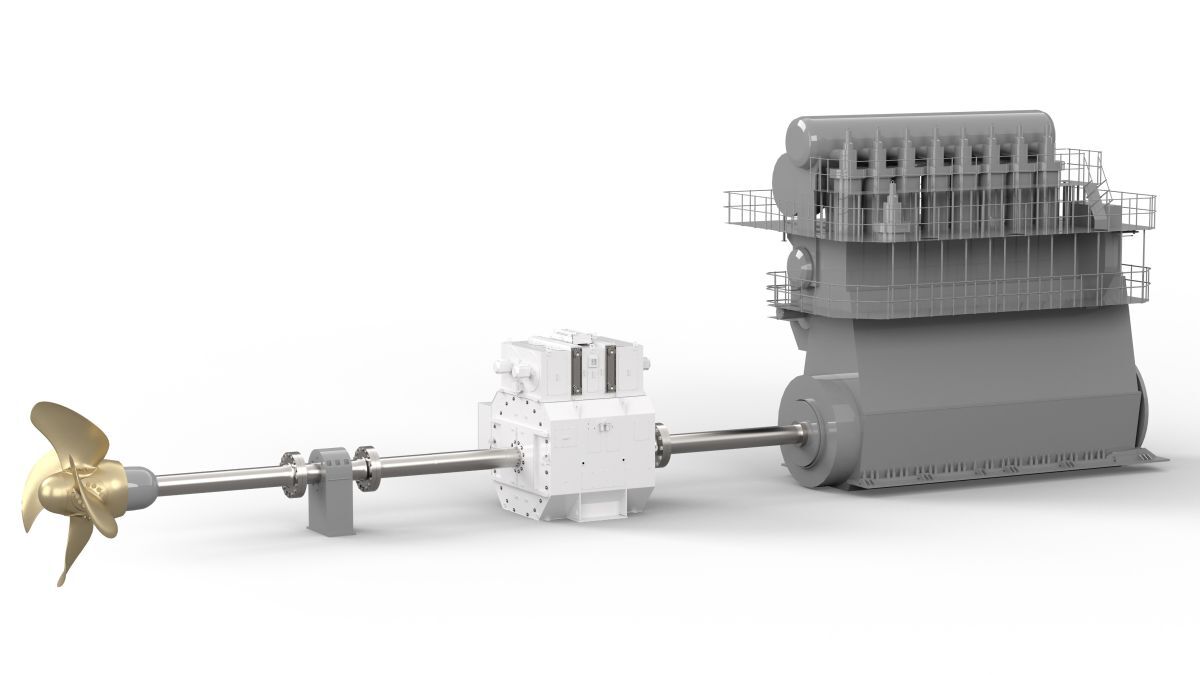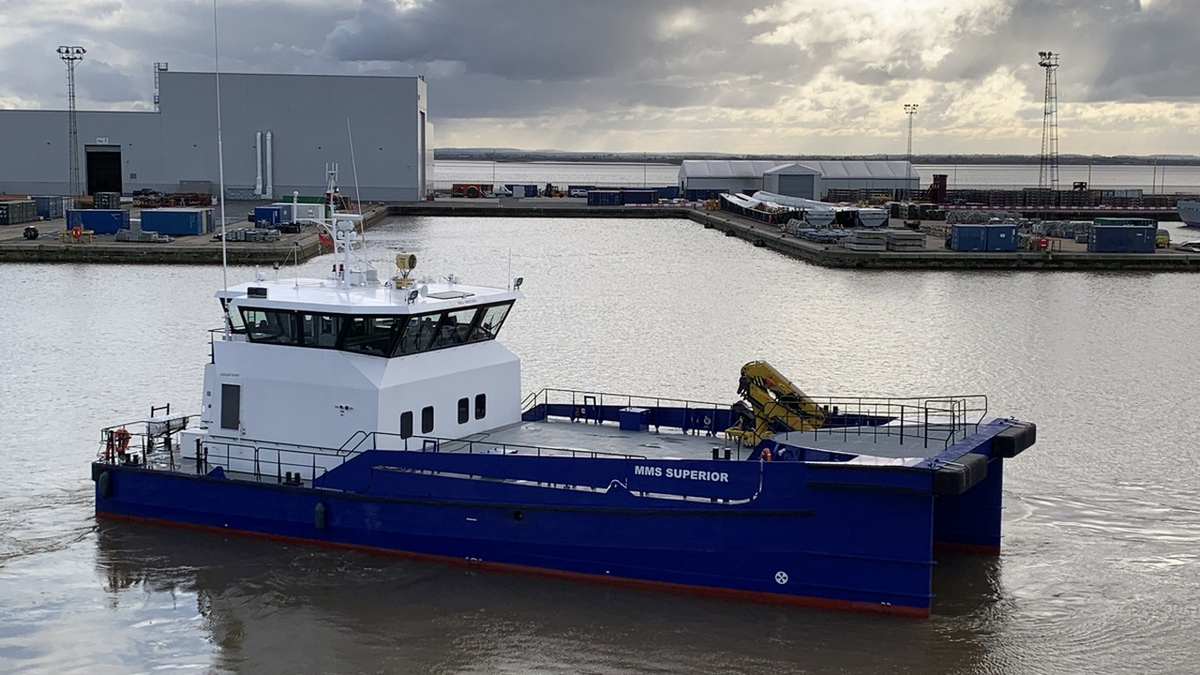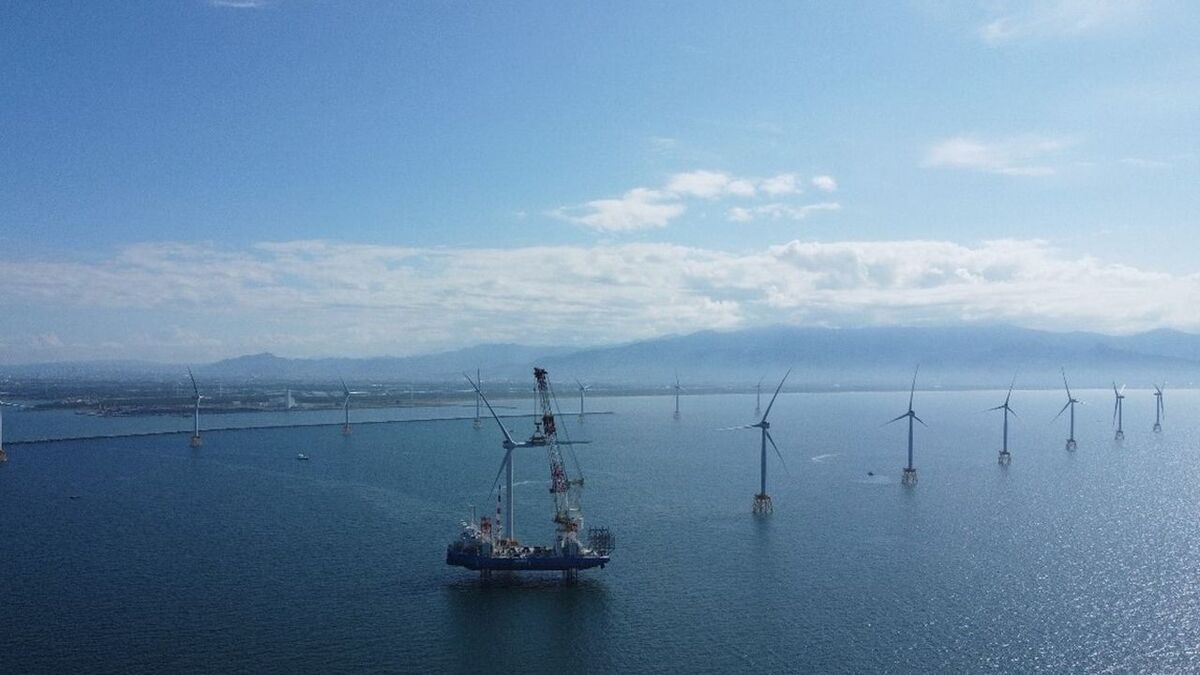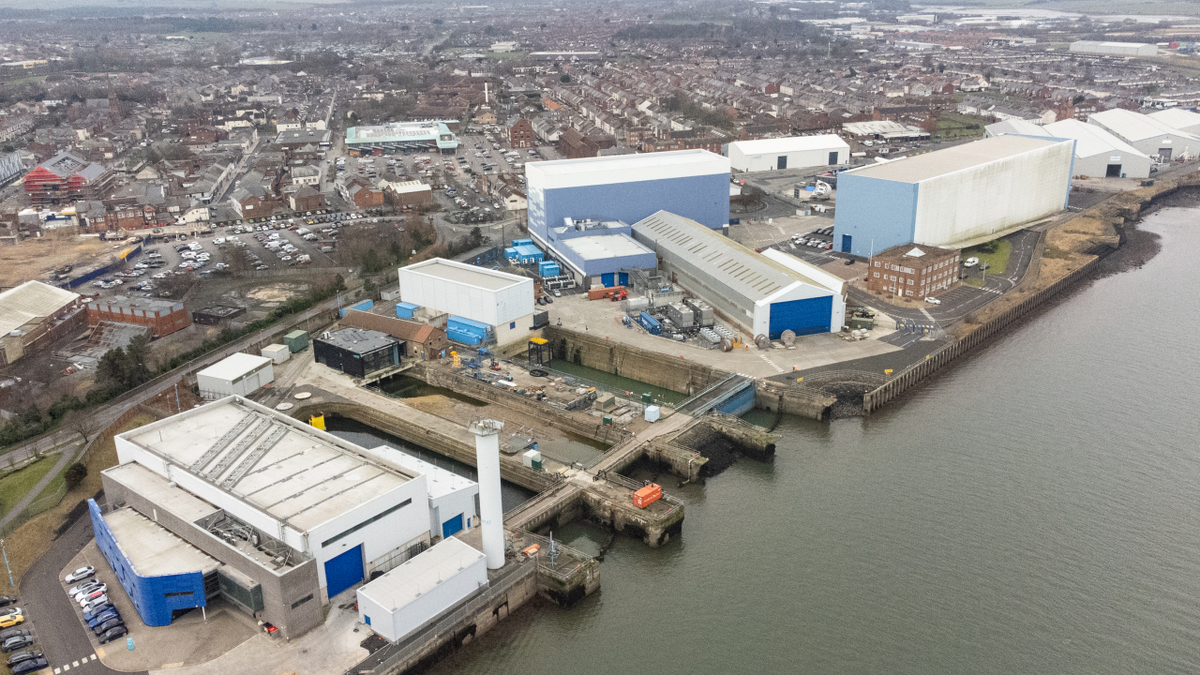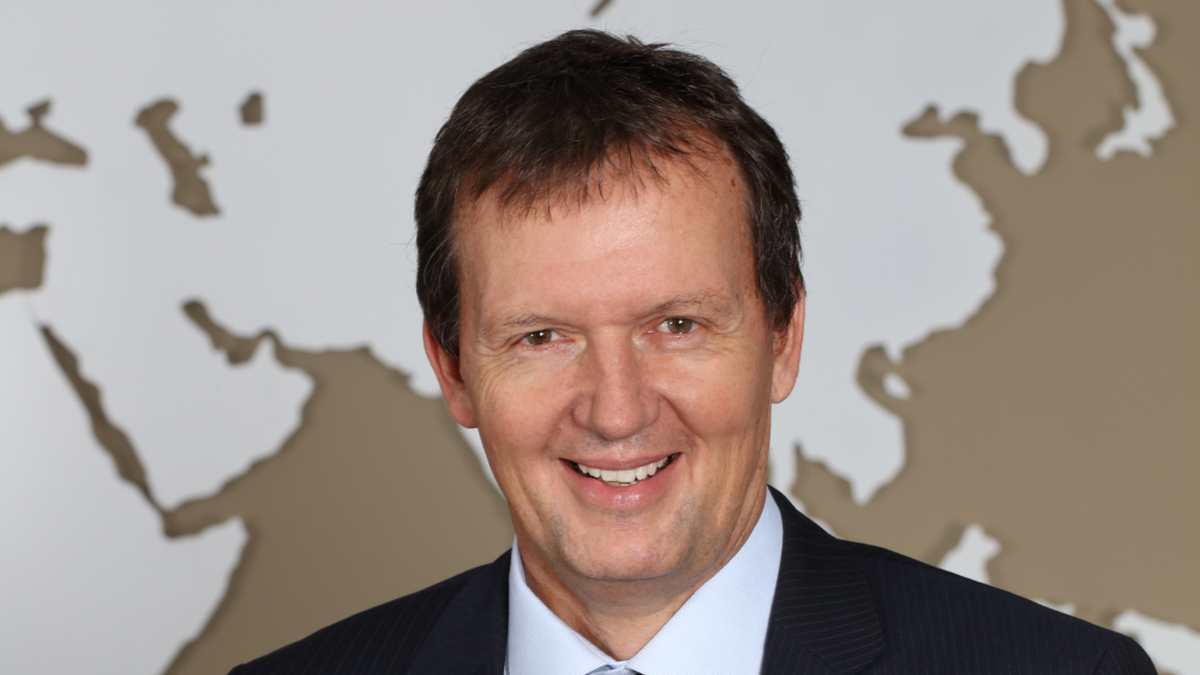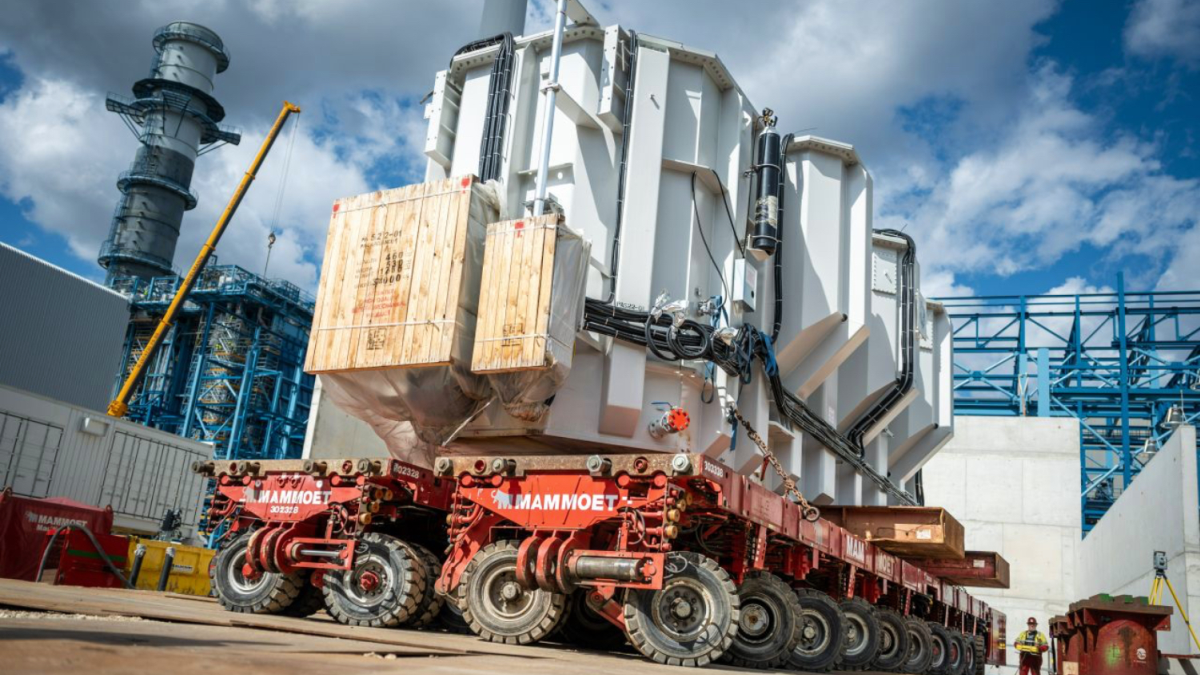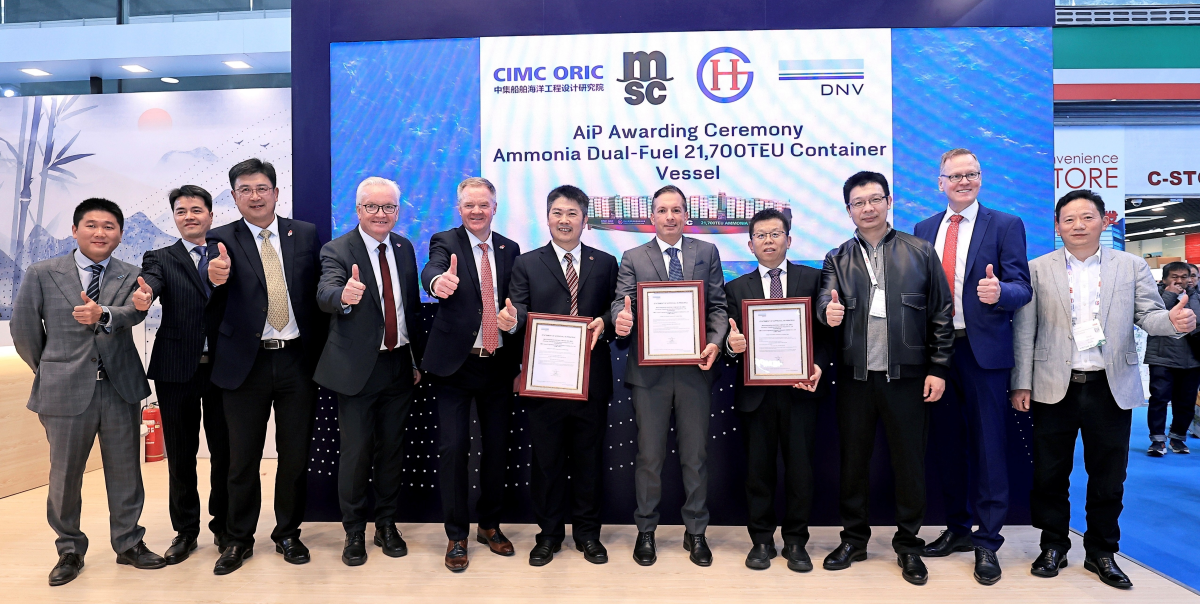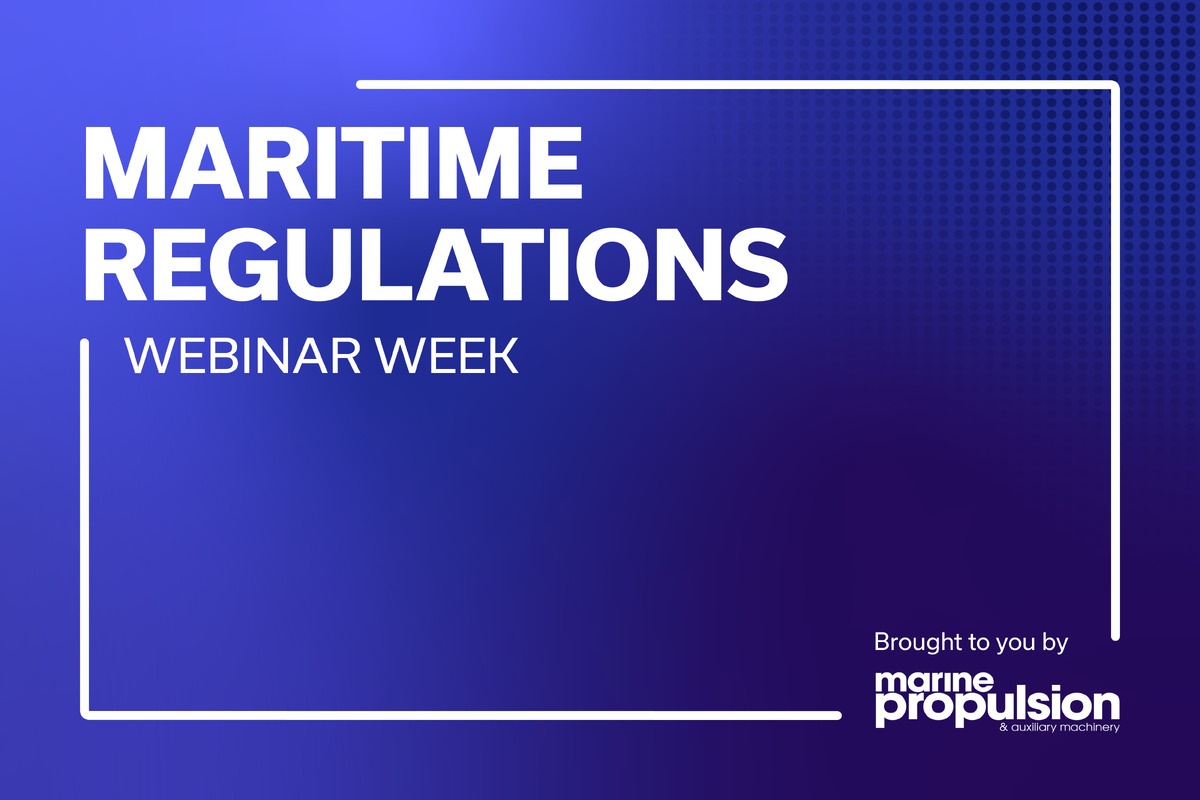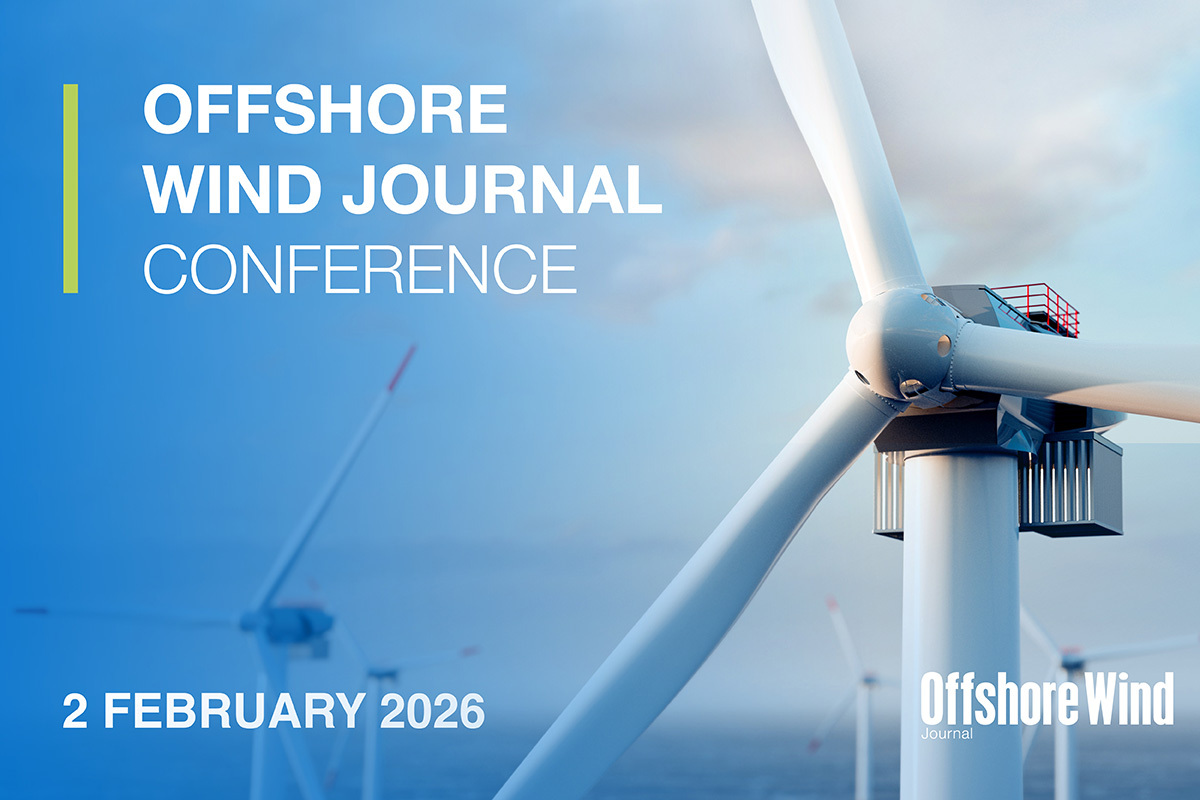Business Sectors
Events
Offshore Support Journal Conference, Middle East 2025
Contents
Register to read more articles.
Shaft generators’ magnetic appeal for owners and yards
A high order intake indicates yard and owner scepticism toward permanent magnet shaft generator technology has been overcome
“We have proven the sceptics wrong,” says ABB Marine & Ports vice president global segment manager cargo vessels, Michael Christensen, reflecting on the orders for the company’s permanent magnet (PM) shaft generators over the last four years.
“While many of these projects are still in the building phase, others are already operating successfully at sea, proving that we made the right strategic decision (four years ago) to move shaft generator operations to China to be closer to shipyards building cargo vessels, and to open our supply chain up to non-ABB suppliers,” he says.
Mr Christensen admits there was some resistance from owners and yards in the beginning and there were market concerns around cost and payback.
“We have been able to independently verify that the typical payback time for installing a magnetic shaft generator is three to four years, and in some cases, can be even shorter,” he says.
The figures derive from “fuel savings of up to 20% by using shaft generator power instead of auxiliary engines while at sea. Typically, operators are seeing 3-4% higher efficiency, minimal maintenance, and higher reliability compared with synchronous machines,” he says, adding, “prices are at least as good as, and in some cases better than the old type of machines, which were larger.”
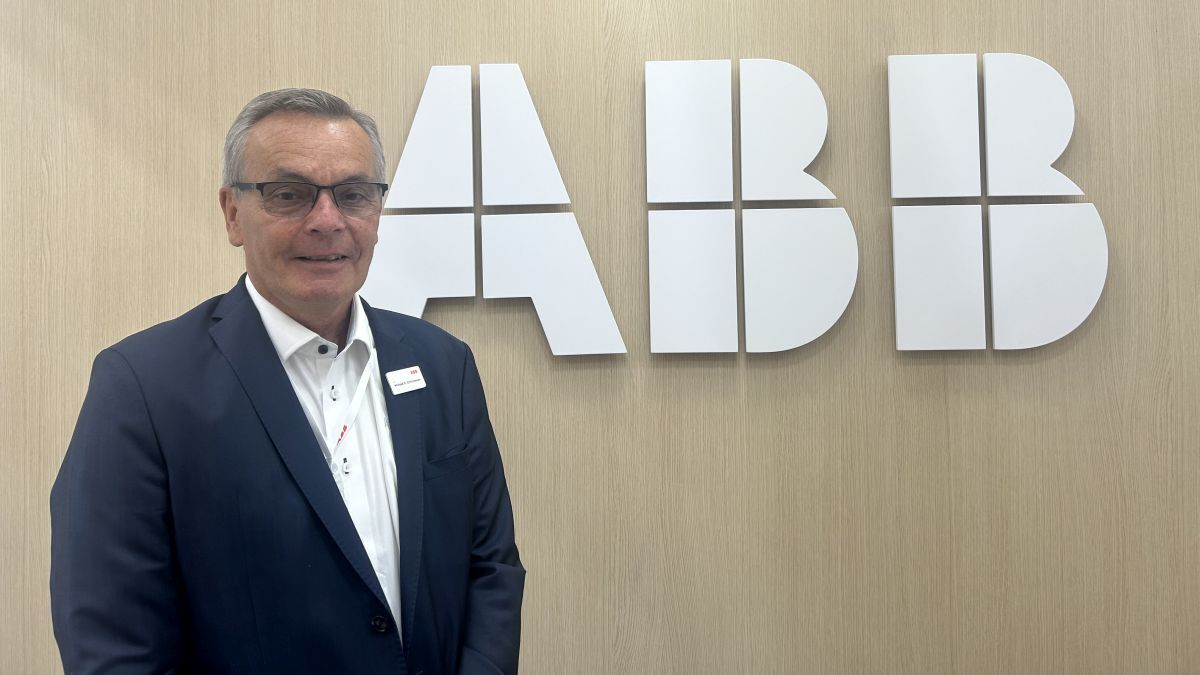
There were also concerns about potential impacts on the main engine and the installation process at shipyards, especially bridging the air gap. The air gap refers to the small space between the rotor and the stator in the generator, which is critical for the machine’s proper functioning and efficiency.
“Some shipowners had speculated about potential issues with the air gap, but these concerns have been proven unfounded. Initially, some shipyards may have had reservations, but it was a necessary learning process for them.”
The close air gap in PM machines is a design feature that distinguishes them from traditional synchronous machines.
"I don’t believe the close air gap is a problem because of the way we install the pre-magnetised magnets," he says. "The mounting process is identical every time, and the fabrication of the shaft generator is meticulously planned and executed. There is virtually no chance of the measurements being off because the gap between the rotor and stator is only around 6-7 mm, so everything must be precise.”
The small air gap in PM machines contributes to their higher efficiency compared with traditional synchronous machines. "Consequently, when the rotor is closer to the stator, it inherently results in higher efficiency. This is because the power-generating components are in such close proximity.”
To address the concerns and ensure proper installation and operation of PM shaft generators, ABB developed comprehensive instruction manuals and worked closely with shipyards. “These manuals outline the specific process of using bolts to guide the rotor into the stator, which is quite unique. And, with the help of these comprehensive manuals, this process has now become standard practice for the shipyards.”
The successful resolution of air gap concerns and the development of clear installation guidelines were crucial in gaining market acceptance for PM shaft generators. “I would estimate approximately 80-85% of all shaft generators currently in the market are now permanent magnet machines,” he adds.
Another major driver of the order intake is the need to comply with IMO rules and especially Carbon Intensity Indicator (CII) regulations.
“While it is difficult attribute a lower CII rating to a single component like the shaft generator, given the mix of factors, such as efficiency, cargo capacity, days spent in port, days spent travelling that go into its calculation, installing a permanent magnet generator can provide up to a 20% efficiency improvement compared with not using one.”
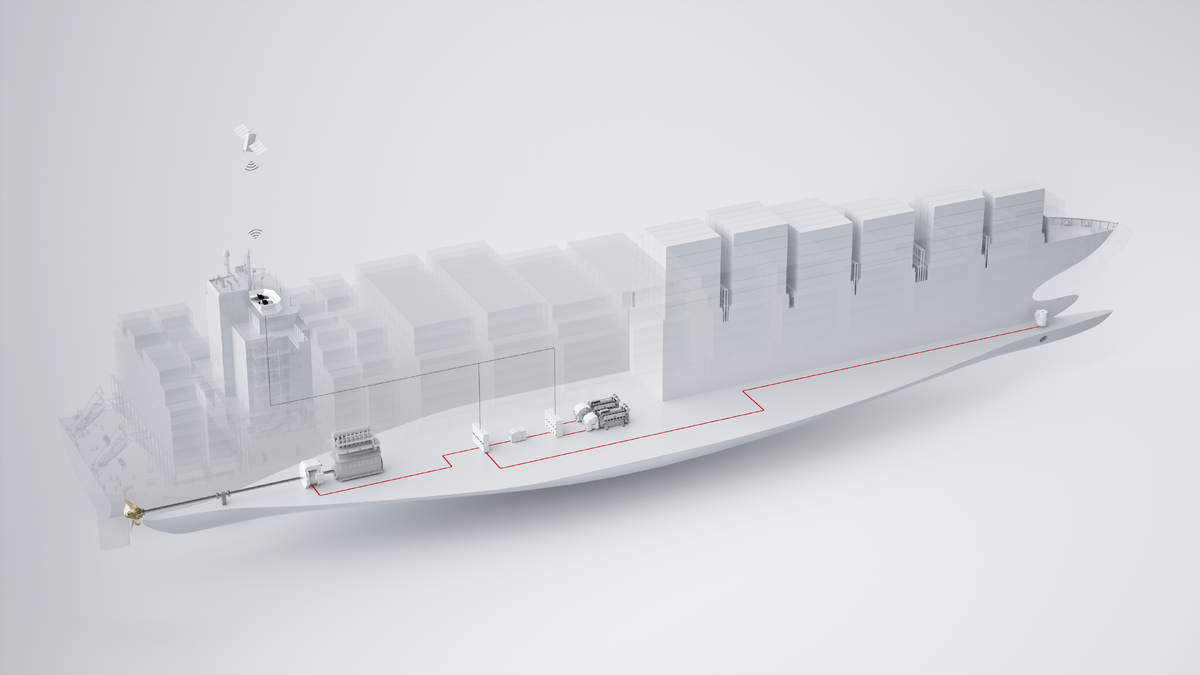
Alongside shaft generator technology, ABB is prioritising the development of fuel cell-powered vessels.
“We always make a distinction between short-distance vessels, such as those travelling back and forth between two points or along coastlines, which could include feeder vessels or smaller bulk carriers,” says Mr Christensen.
“In this segment, we have already secured orders for vessels that are entirely powered by fuel cells.
“These vessels also have dual-fuel diesel engines on board as a backup. This means we already have specifications and orders in place to provide ships that can sail into places like the Norwegian fjords, completely fossil-free and decarbonised.
“We are also starting to see the potential for battery-powered vessels, as battery prices have decreased significantly. There might be opportunities to develop smaller feeder vessels, or even mid-size vessels, that are entirely battery-driven.”
Riviera’s Maritime Decarbonisation Conference, Europe 2024 will be held in Amsterdam, 24 September 2024, click here for more information on this industry-leading event
Riviera’s Maritime Hybrid, Electric & Hydrogen Fuel Cells Conference 2024 will be held in Bergen, Norway, 30-31 October 2024, click here for more information on this industry-leading event
Related to this Story
Events
Offshore Support Journal Conference, Middle East 2025
Maritime Regulations Webinar Week
Maritime Decarbonization Conference, Americas 2026
Offshore Wind Journal Conference 2026
© 2024 Riviera Maritime Media Ltd.
